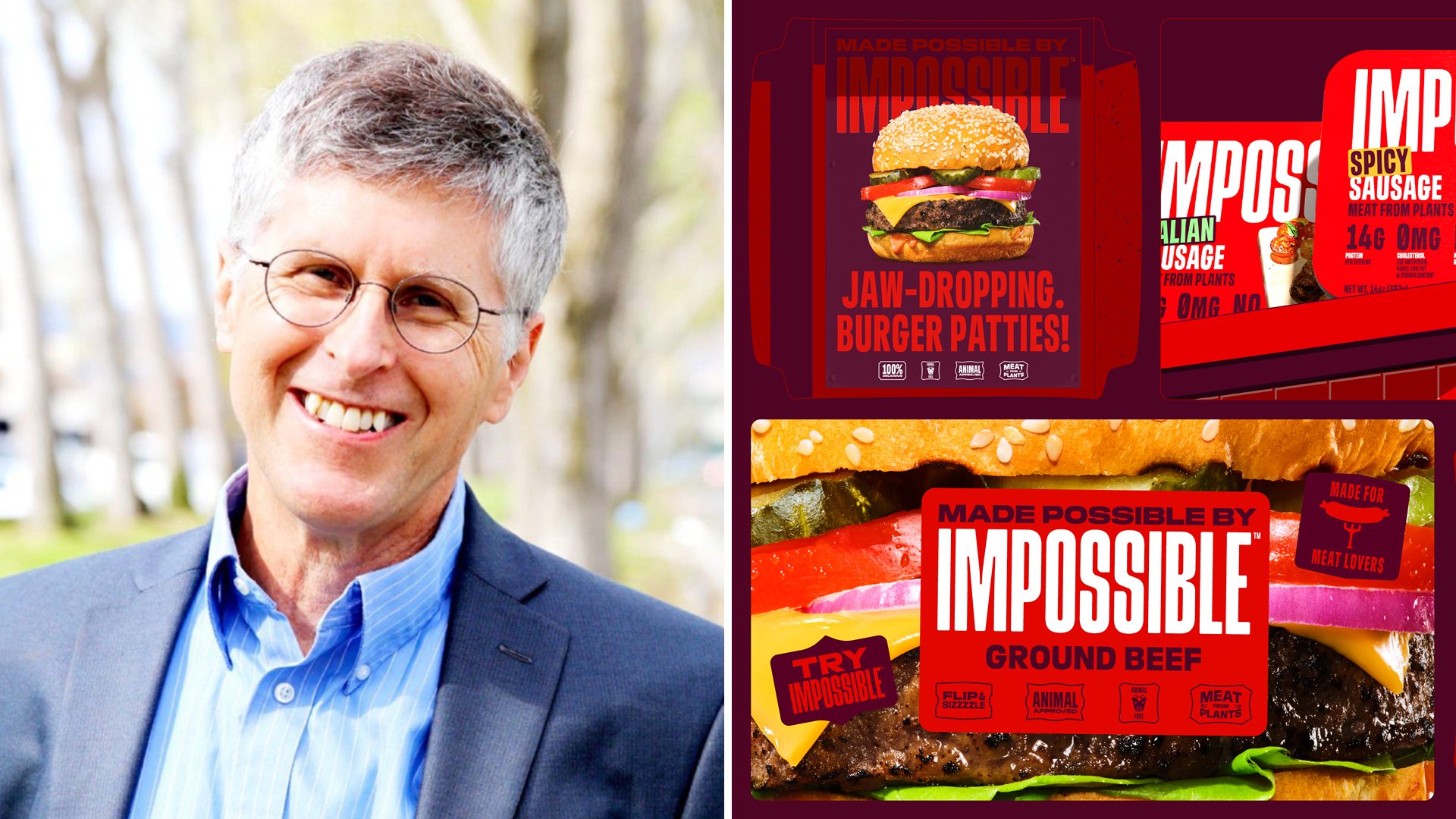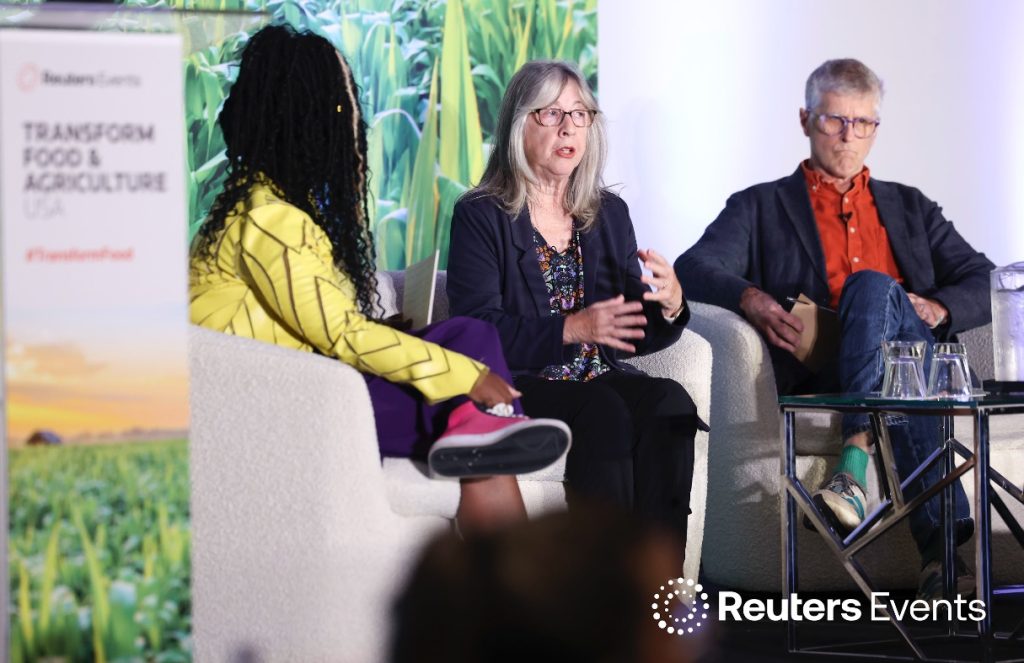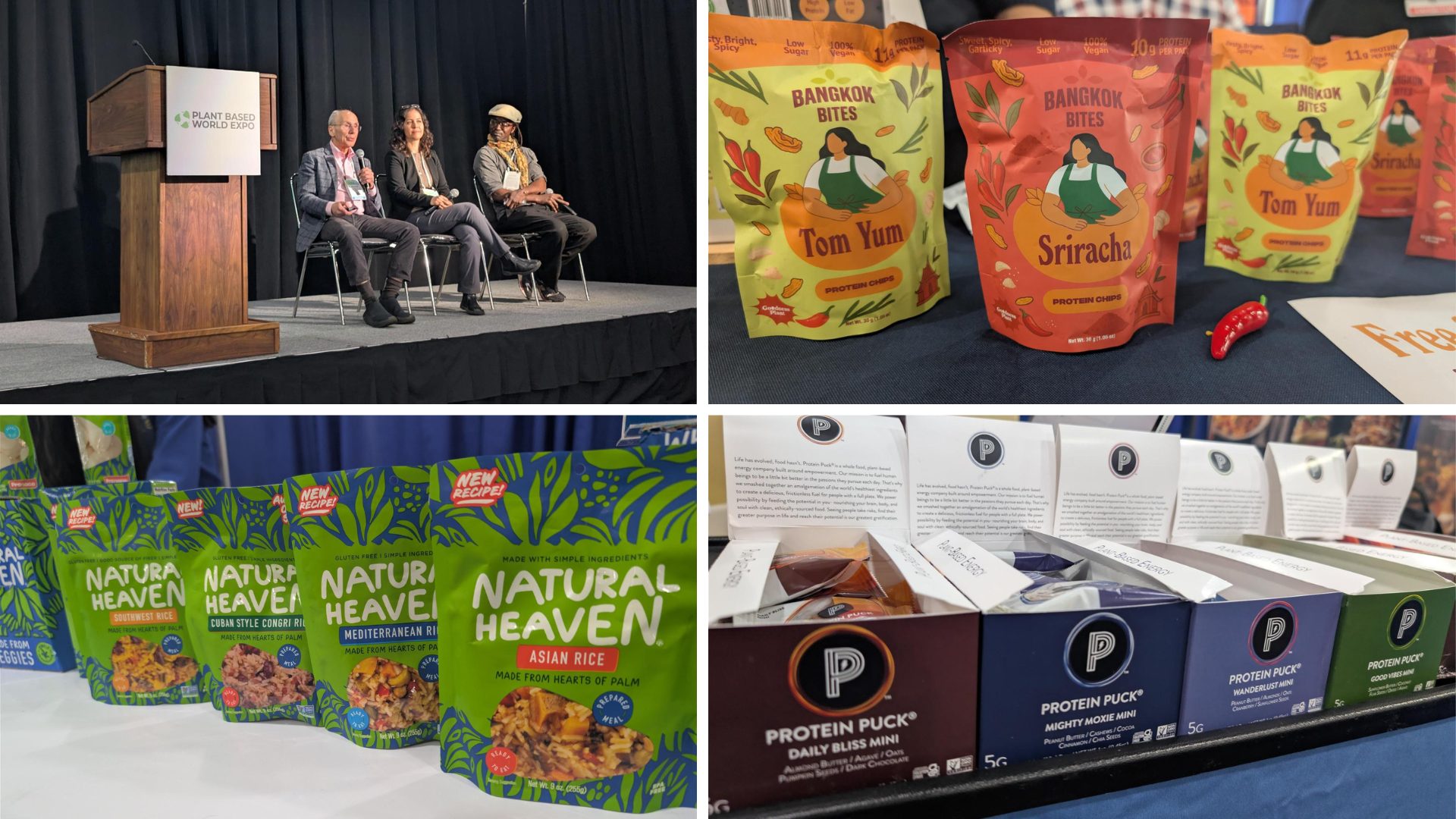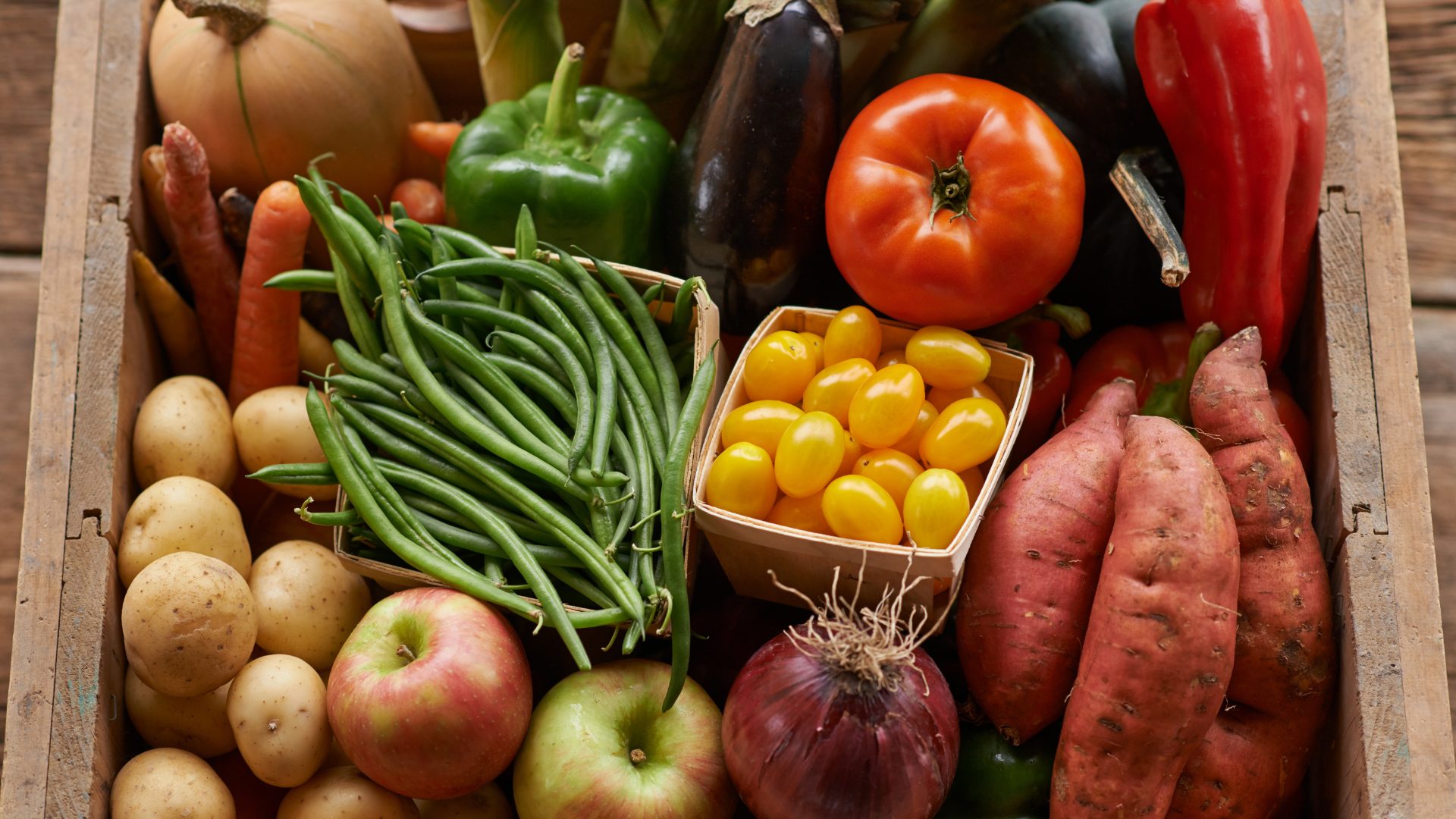MINNEAPOLIS – After firing up a partisan crowd for 25 minutes, Patrick O. Brown let down his guard and got real. In a one-on-one conversation, the founder of Impossible Foods acknowledged that “there’s a lot of negative buzz” around the plant-based sector right now.
Yet, he remains optimistic. Sure, investments in the alt-meat category have declined from their peaks in 2021-22, but Brown envisions a rebound on the horizon.
“Investors are currently gun-shy,” Brown told The Food Institute. But, he added, “it’s part of the natural history of an industry.”
“It’s a shaking-out process,” he added, following a presentation at the recent Transform Food & Agriculture USA event.
Transparency, Tech, and Taste
There has been a noticeable shift in investment from plant-based meat towards other alt-protein categories like fermentation-based ingredients and cultivated meat. In 2024, for instance, fermentation was the only alt-protein segment to display investment growth, according to Green Queen Media.
More than one alt-meat brand has struggled recently. The Planta Restaurant chain, for example, filed for Chapter 11 bankruptcy last May. Mycelium meat maker Meati Foods endured a bank-induced crisis the same month.
Nevertheless, more than a few industry leaders see untapped potential for plant-based meat. Brown, for one, feels alt-meat brands simply need to be transparent about their healthier-for-you ingredients, as the sector attempts to distance itself from the recent ultra-processed panic.
“It’s entirely possible to make meat from plant ingredients that delivers all the sensory pleasures that meat lovers crave and is nutritionally superior – and vastly superior from an environmental standpoint,” said Brown, professor emeritus of biochemistry at Stanford University.
“Our ability to create plant-based meats has been getting better and better,” he told attendees in Minneapolis.
Globally, the plant-based food market is projected to grow from roughly $14.2 billion currently to $44.2 billion by 2035, exhibiting a CAGR of 12%, per Future Market Insights.
“The biggest obstacle to consumers trying (alt-meat products) is that all their experiences with plant-based meat have been terrible; you know, ‘garden burgers’ don’t taste like meat from a cow,” Brown said.
Alt-Meat’s Comeback Recipe
The alt-meat tide is slowly turning in some respects. Alt-meat brands are addressing pain points through tech integration. Plus, a few renowned chefs – like Michael Symon and David Chang – have added alt-meat items to their menus.
“If these hardcore, uncompromised meat guys say ‘We’re going to put our reputation on the line – and our business on the line – by putting these (alt-meat items) on our menu,’ that, we felt,
was the strongest signal we could send to consumers that you can actually enjoy eating this,” Brown said.
Plant-based devotees are also steadfast in their belief that alt-meat products are typically better for not just the environment but also human health.
“Just this year, the soybean crop alone – which is grown on less than 1 percent of Earth’s land area – contains more nutritionally equivalent protein than all the animal products in the human diet,” said Brown, now a board member with Impossible Foods Inc.
A fellow presenter in Minneapolis, Sue Klaphotz, noted another factor that could inspire consumers to shift to a plant-based diet: health agencies like the American Cancer Society are encouraging people to limit the amount of red meat they consume.
“If (consumers) have the education and the information that they need, and the knowledge to make this transition, I think they’ll realize that it’s beneficial for them … and for future generations,” said Klaphotz, former VP of nutrition, health & food safety at Impossible Foods. “I think that can motivate and inspire people.”
Food for Thought Leadership
Is the future of flavor increasingly borderless? Valda Coryat, vice president of marketing for condiments and sauces at McCormick, reveals how curiosity powers McCormick’s flavor foresight, why segmentation by “flavor personality” matters, and how flavors are becoming more culturally driven.












